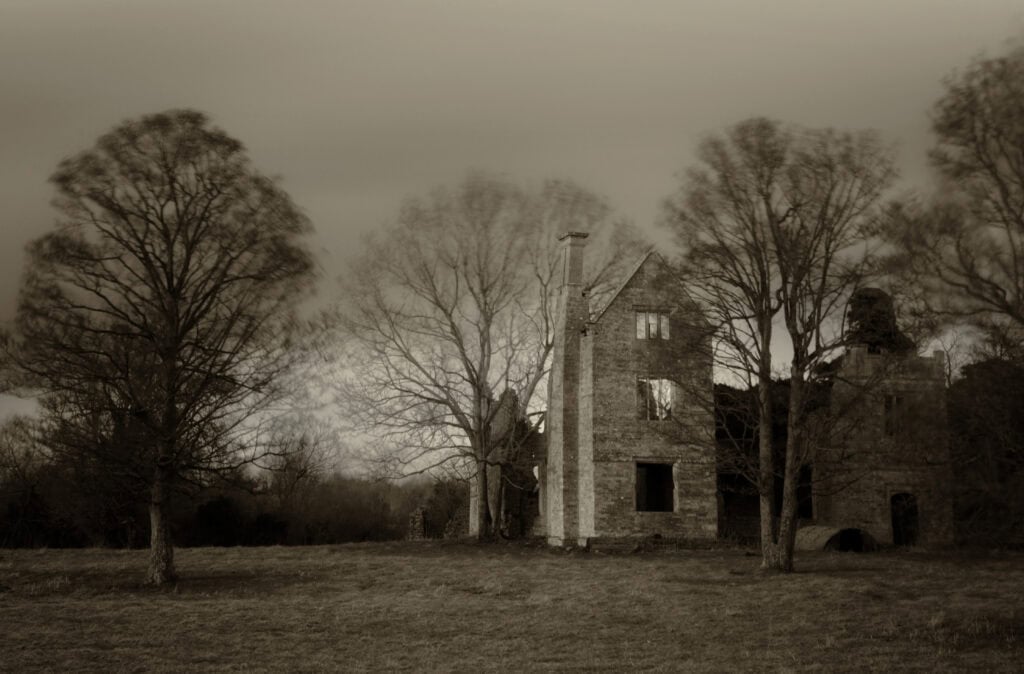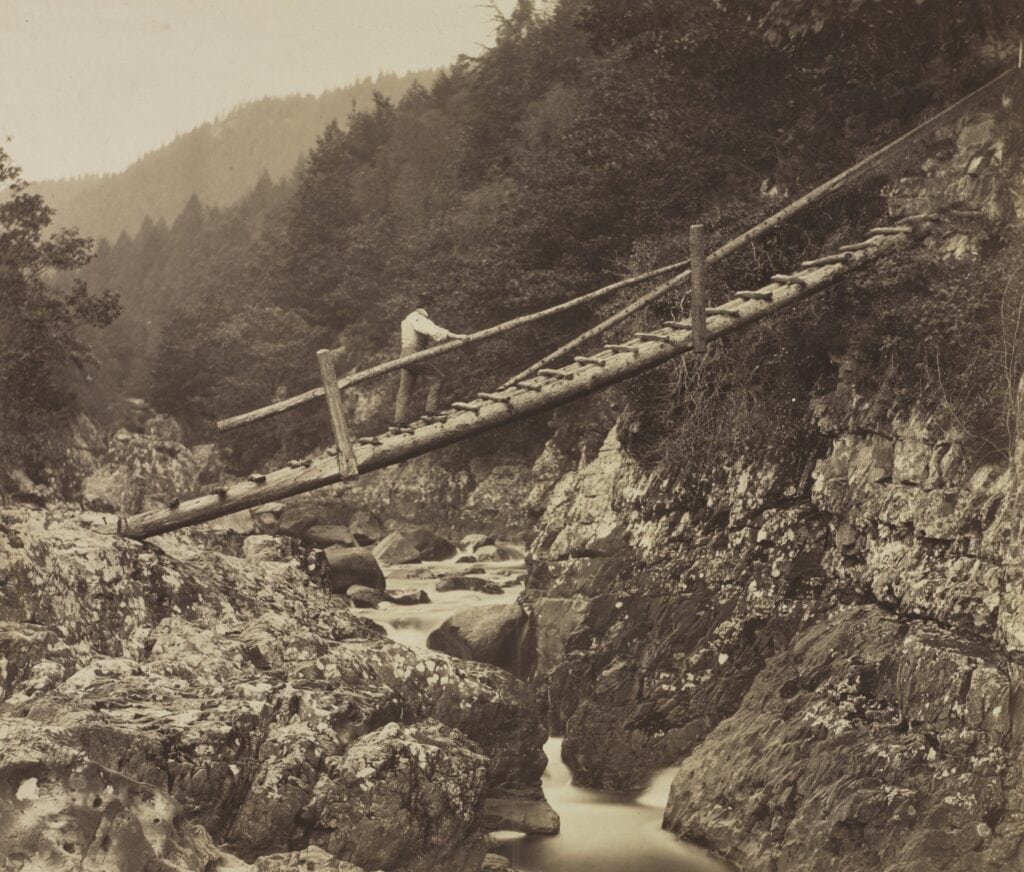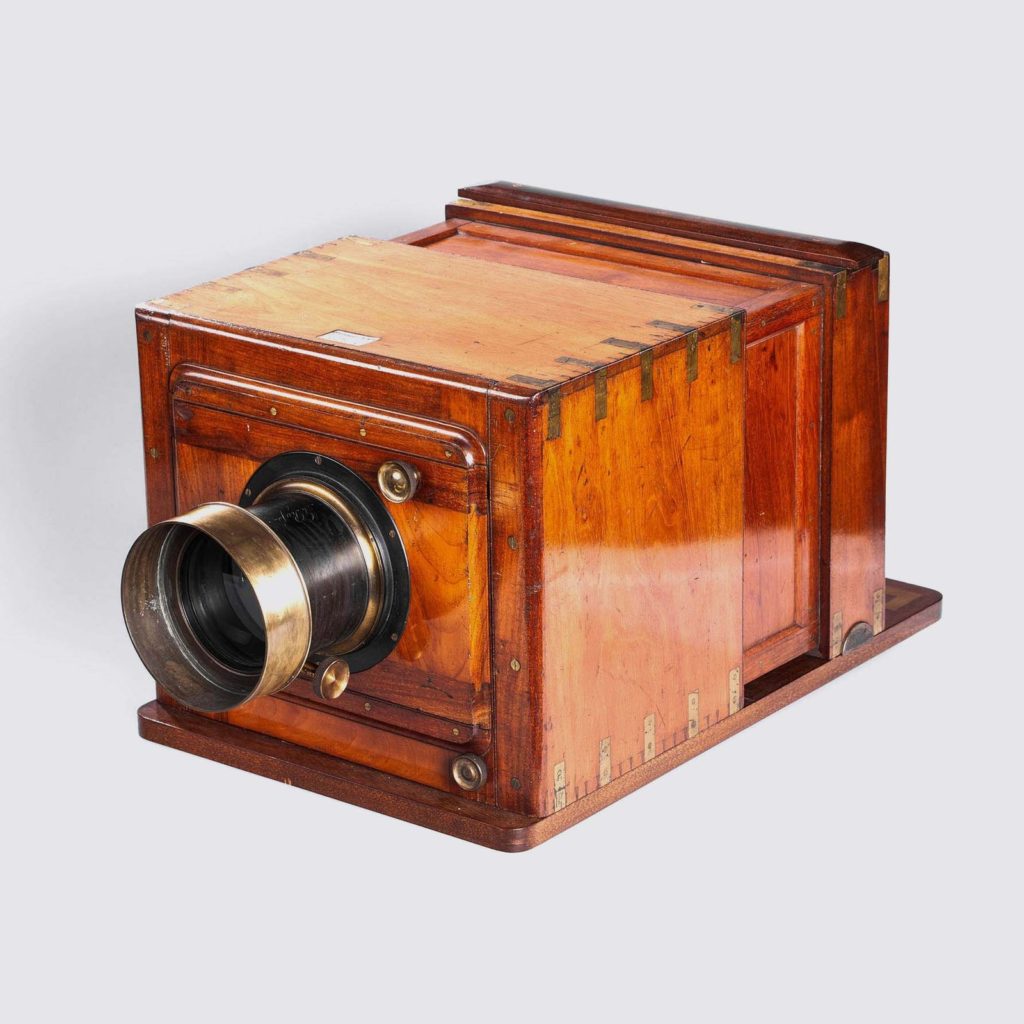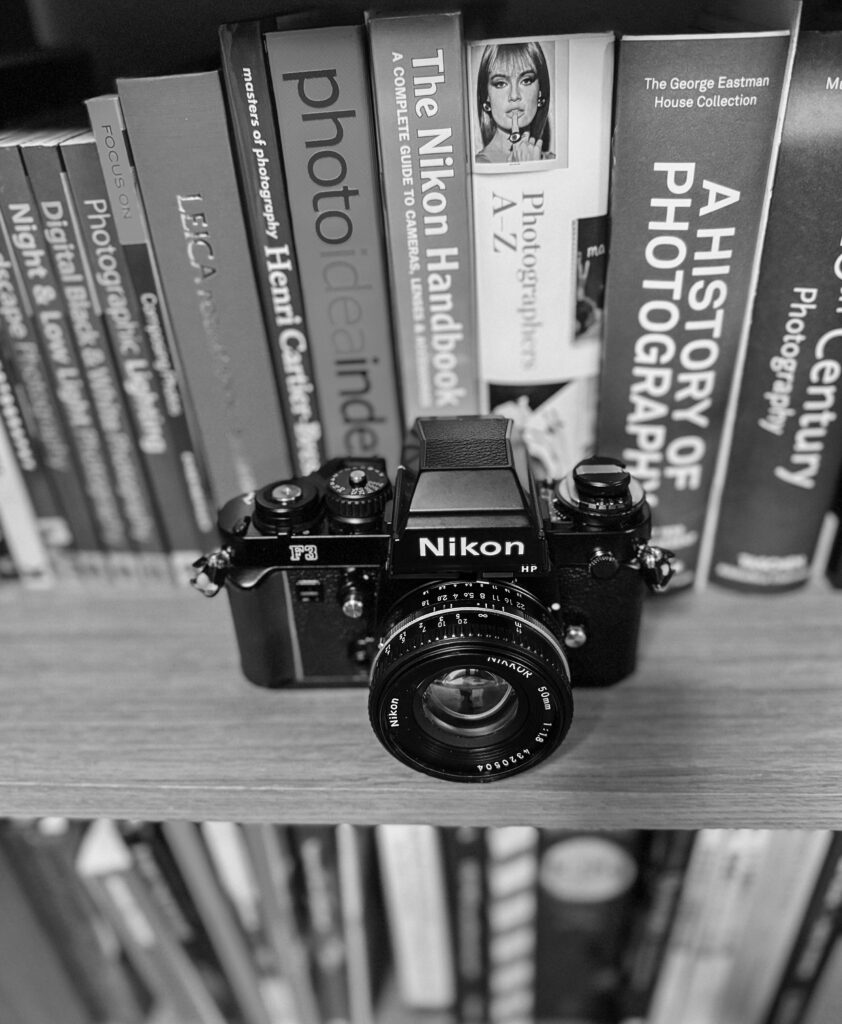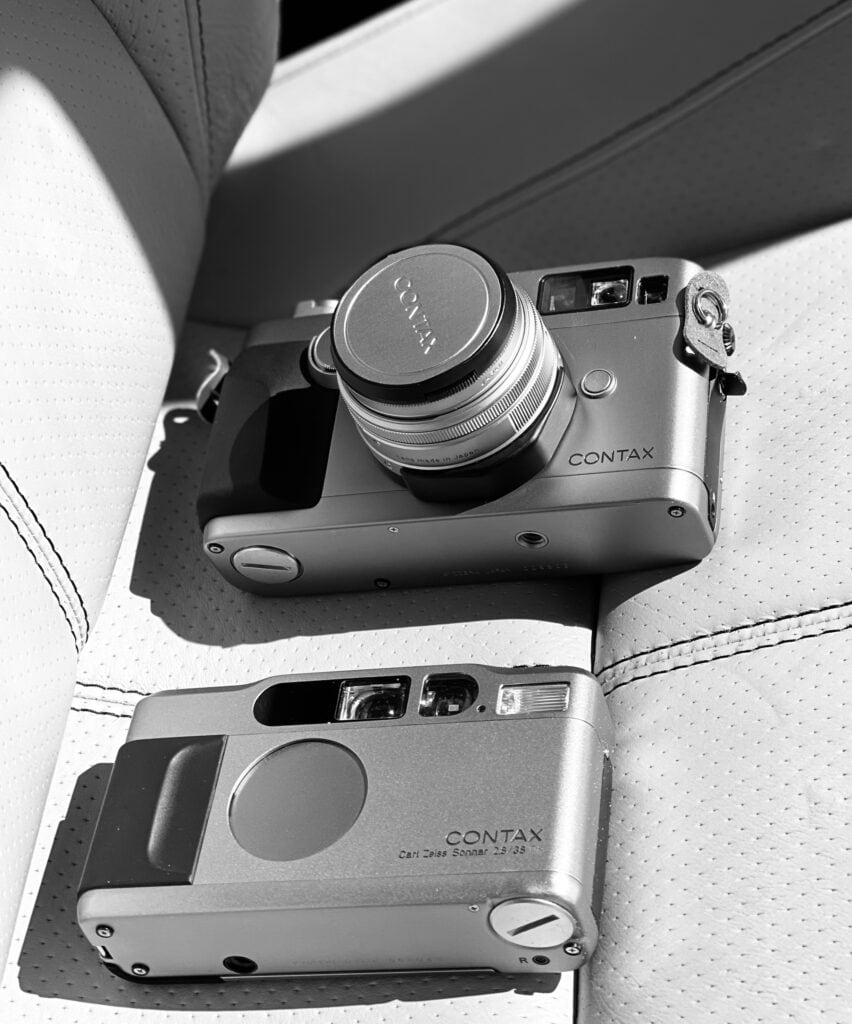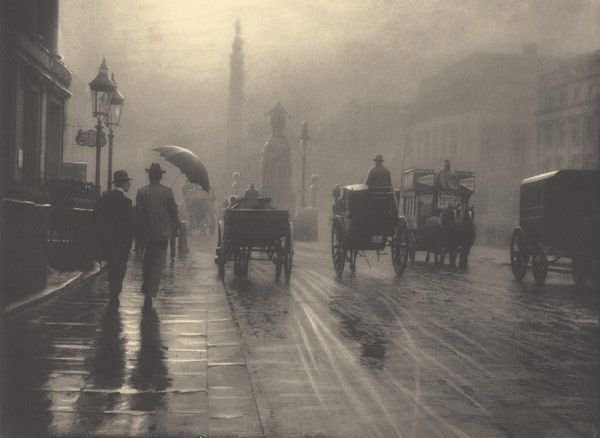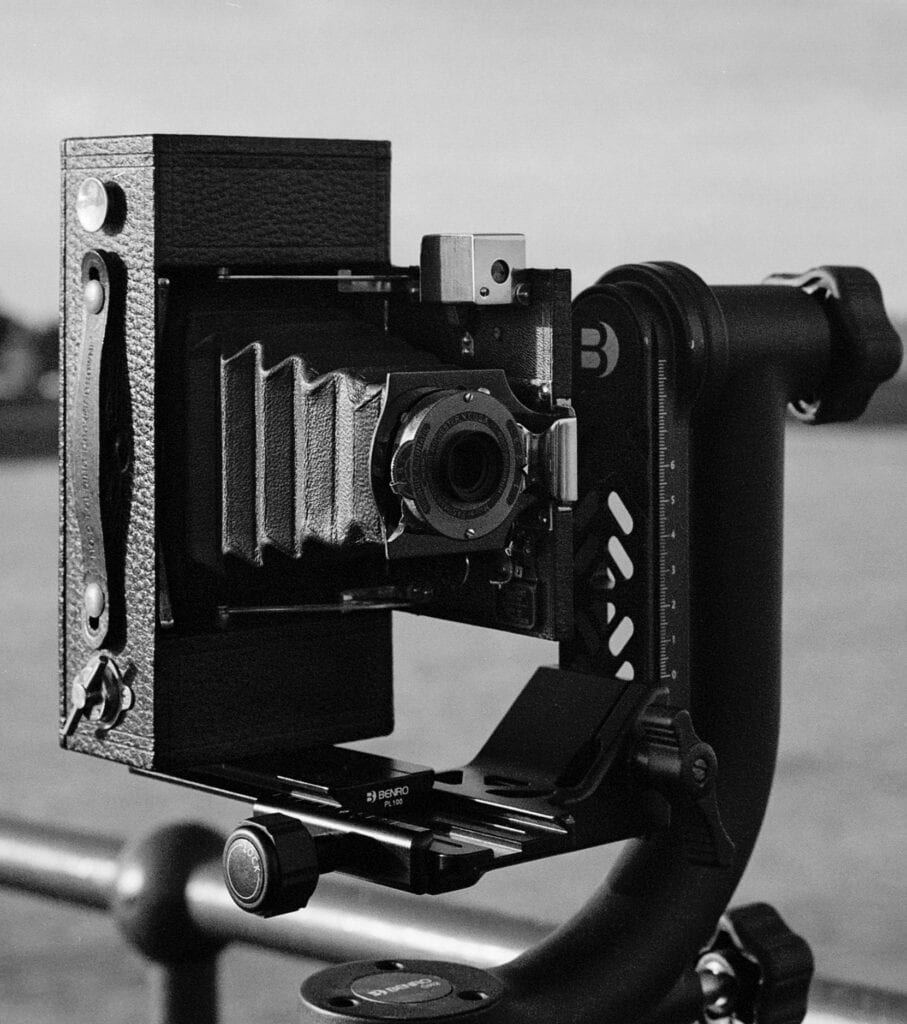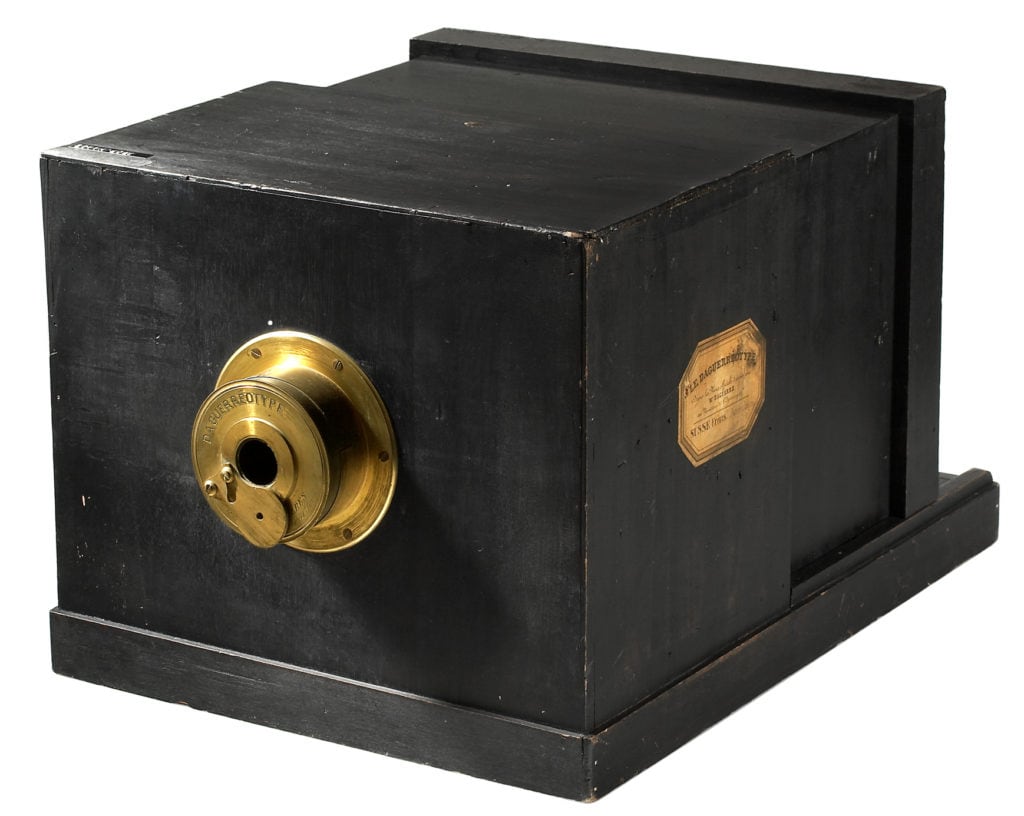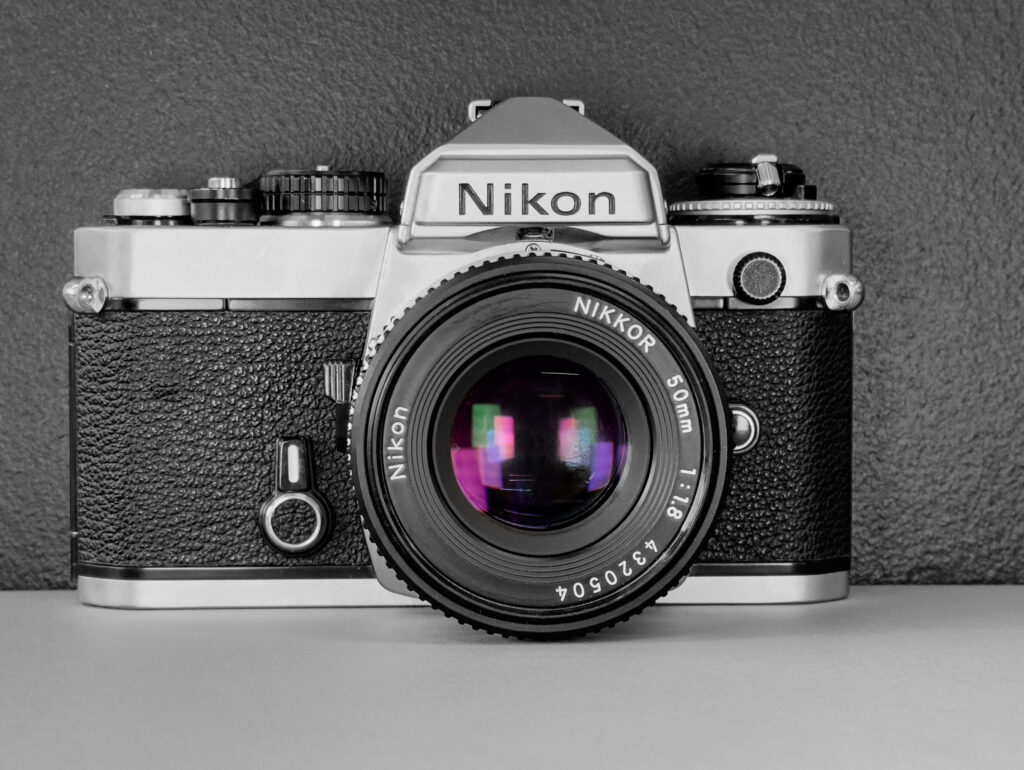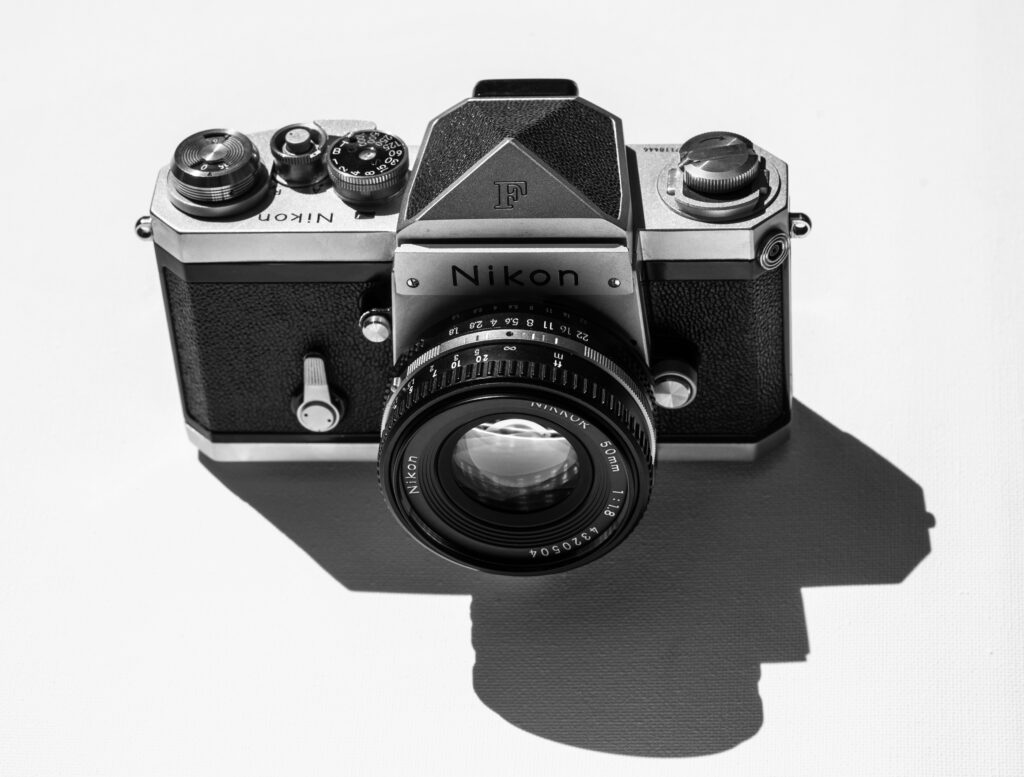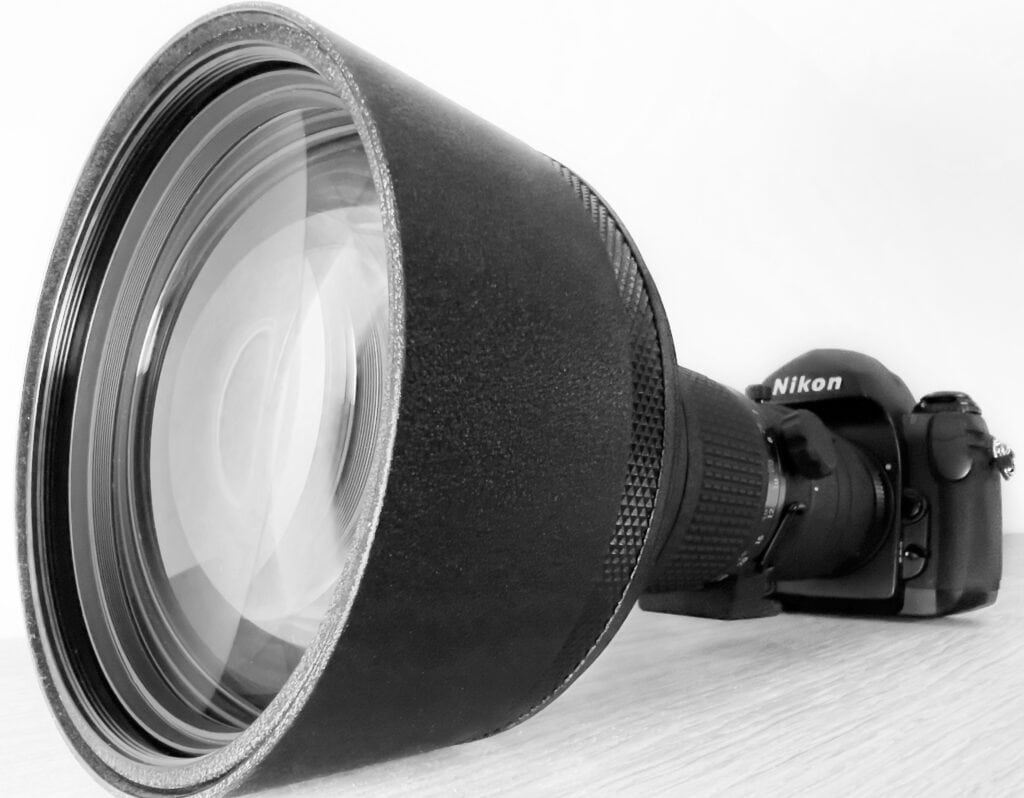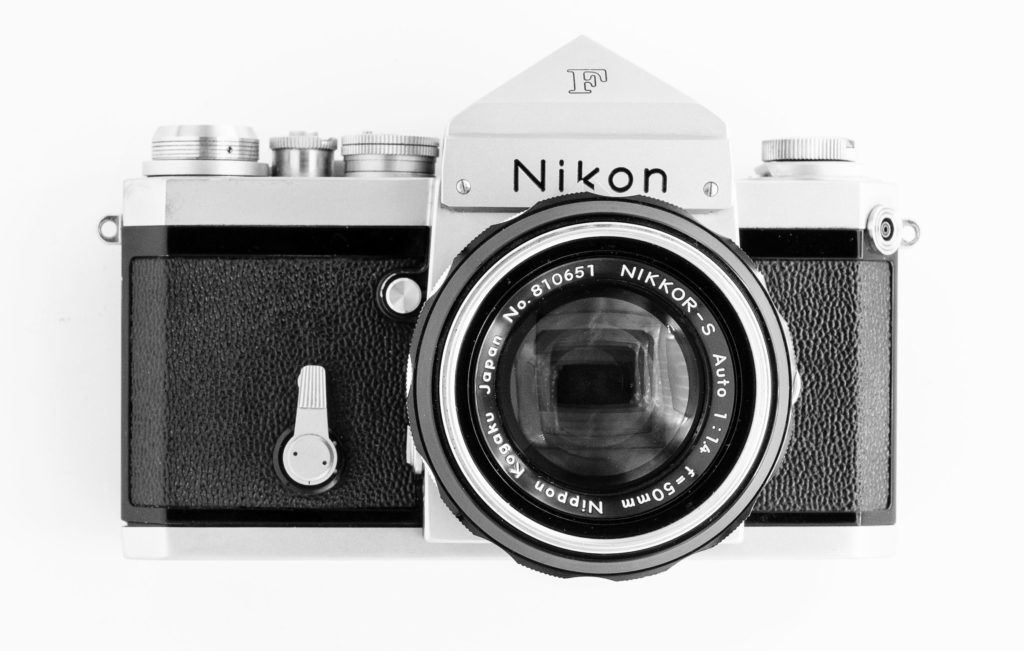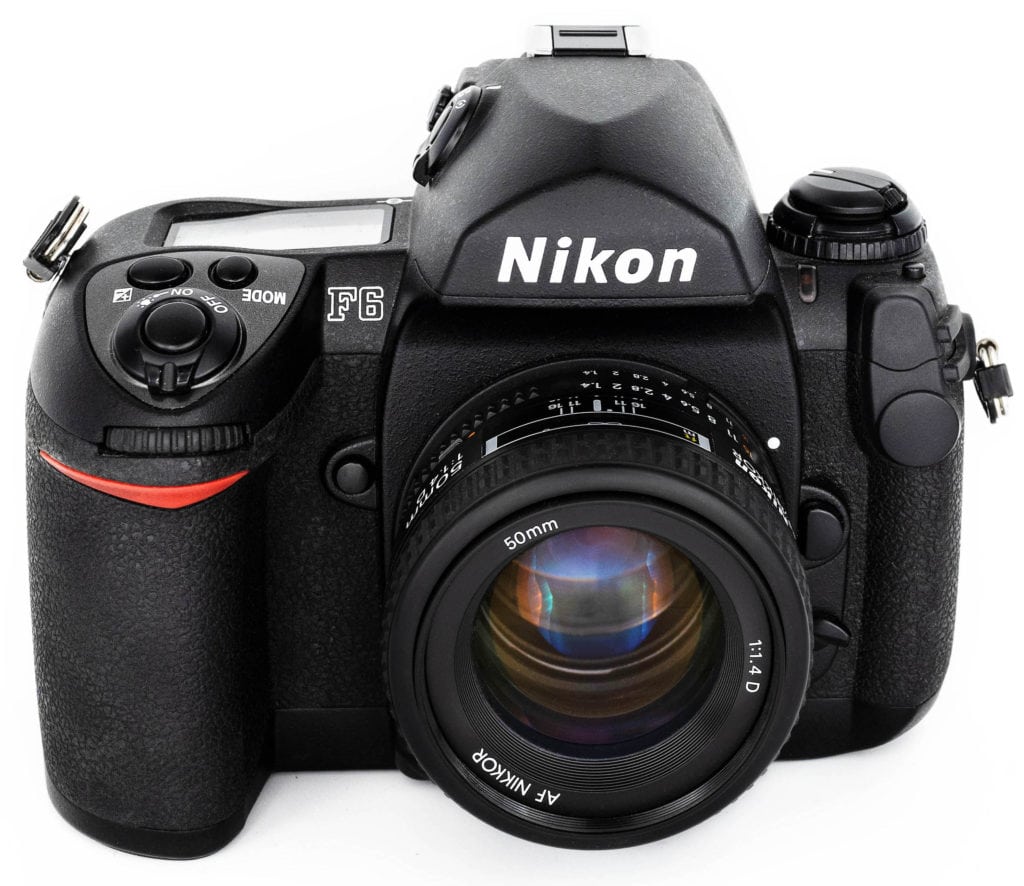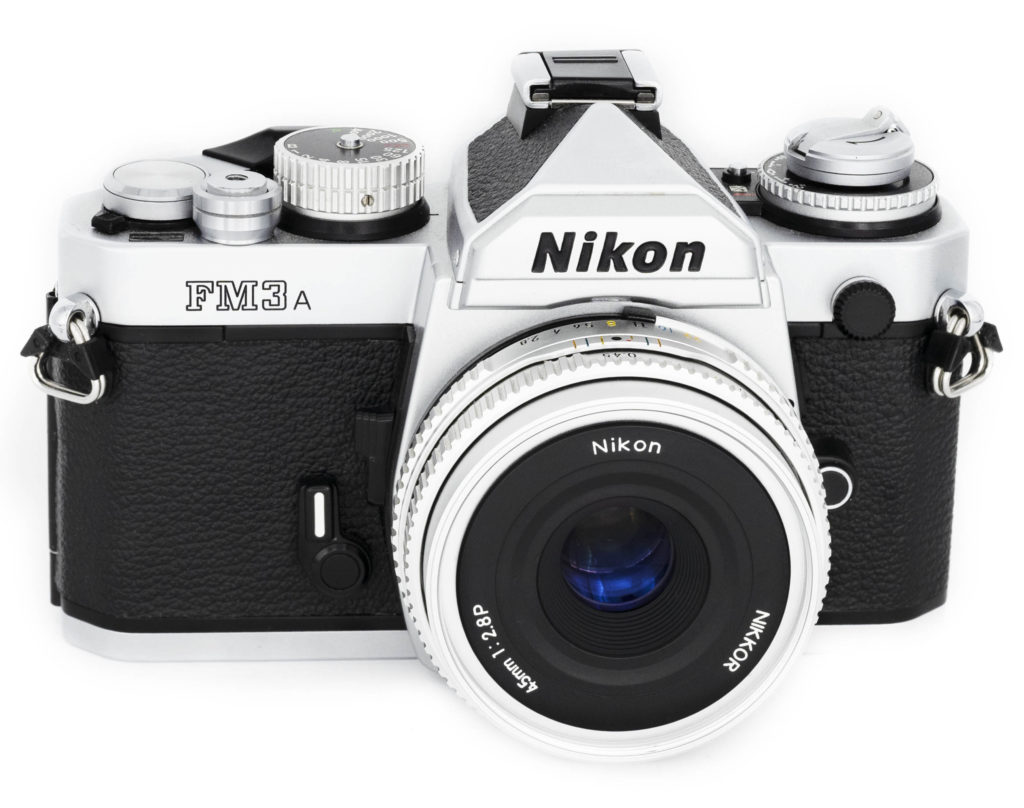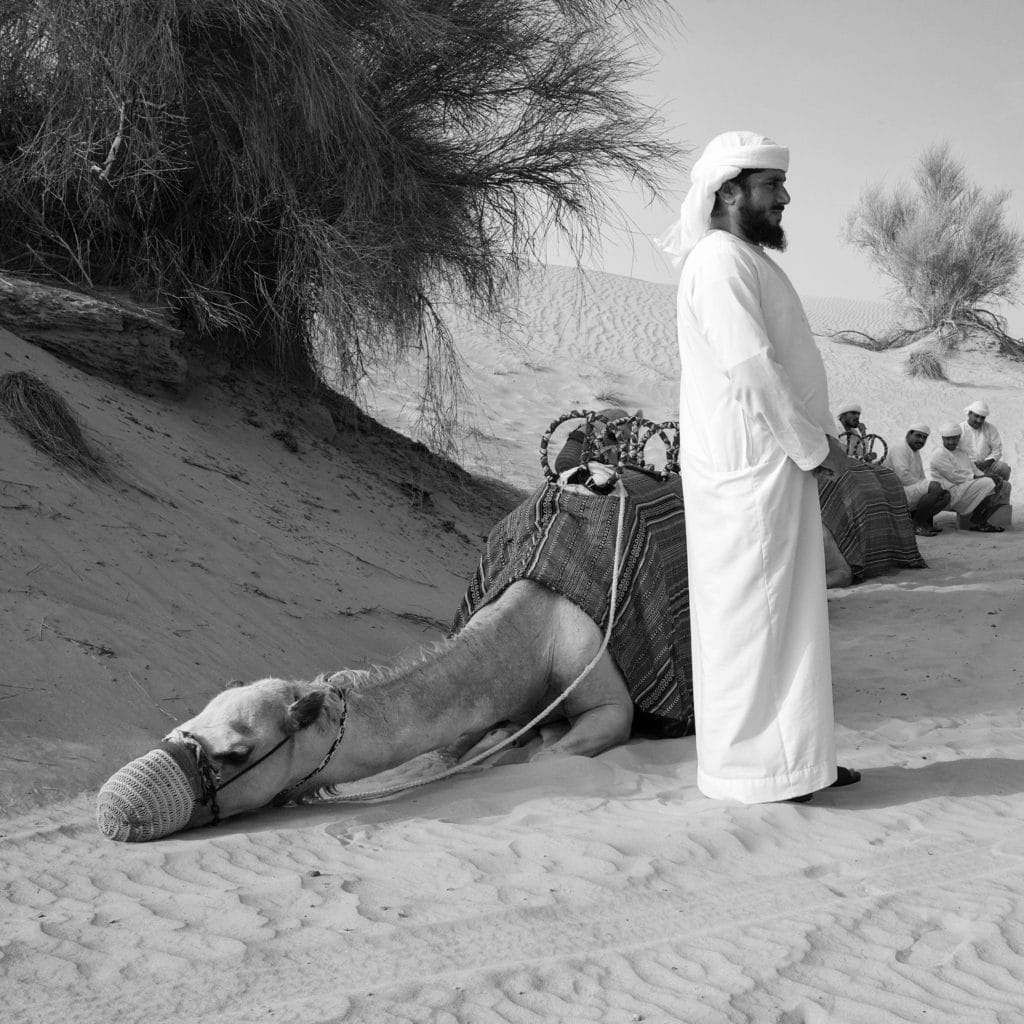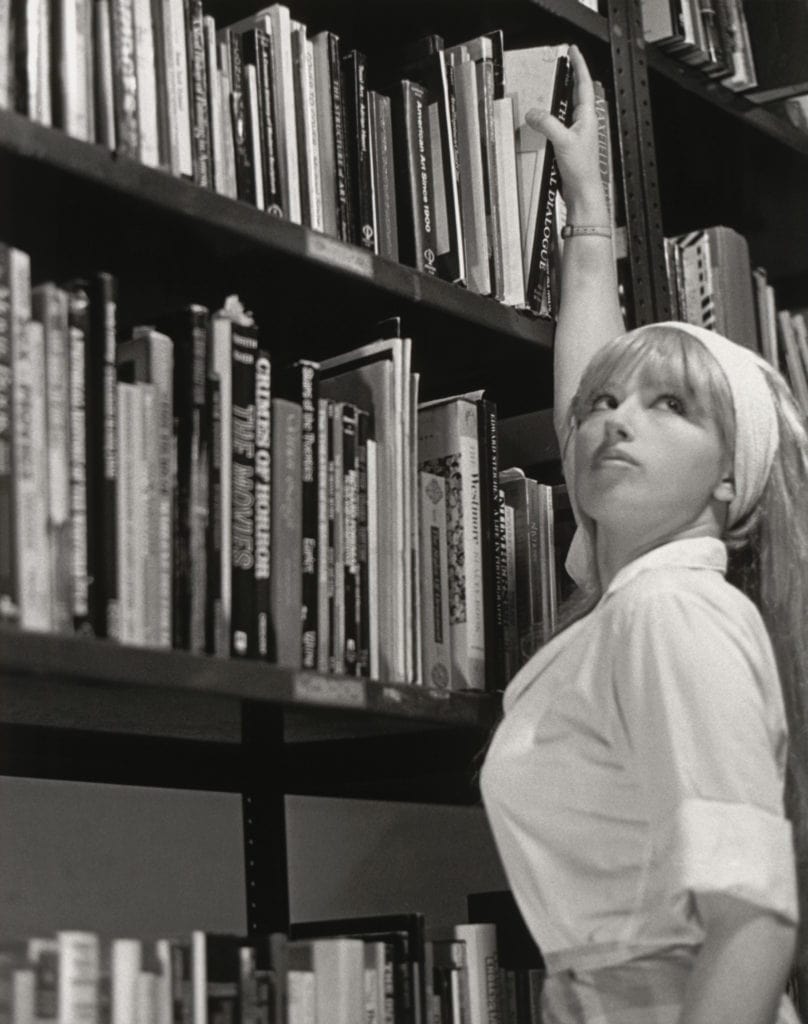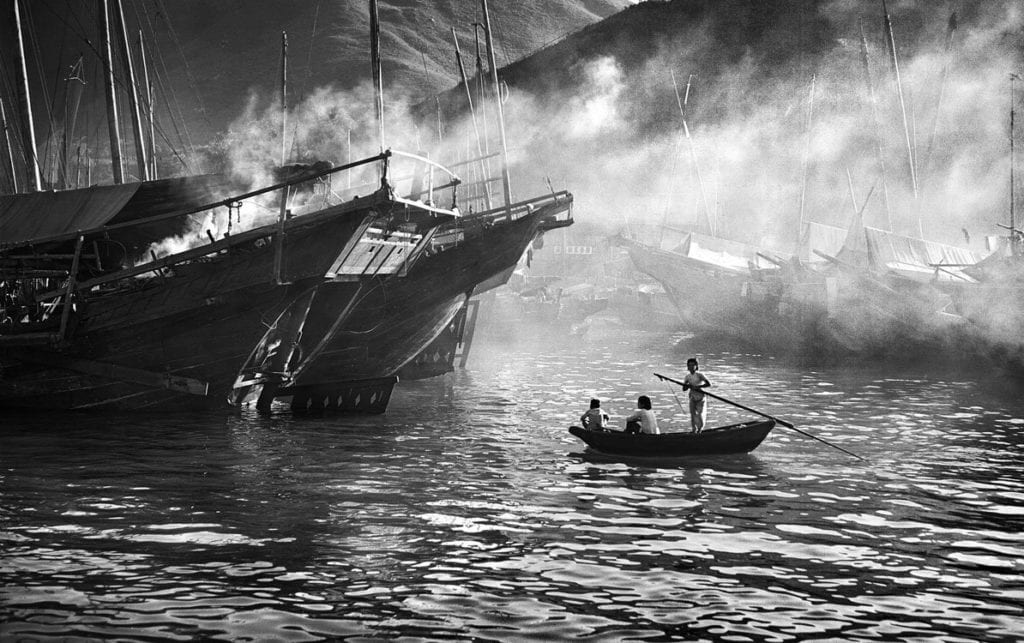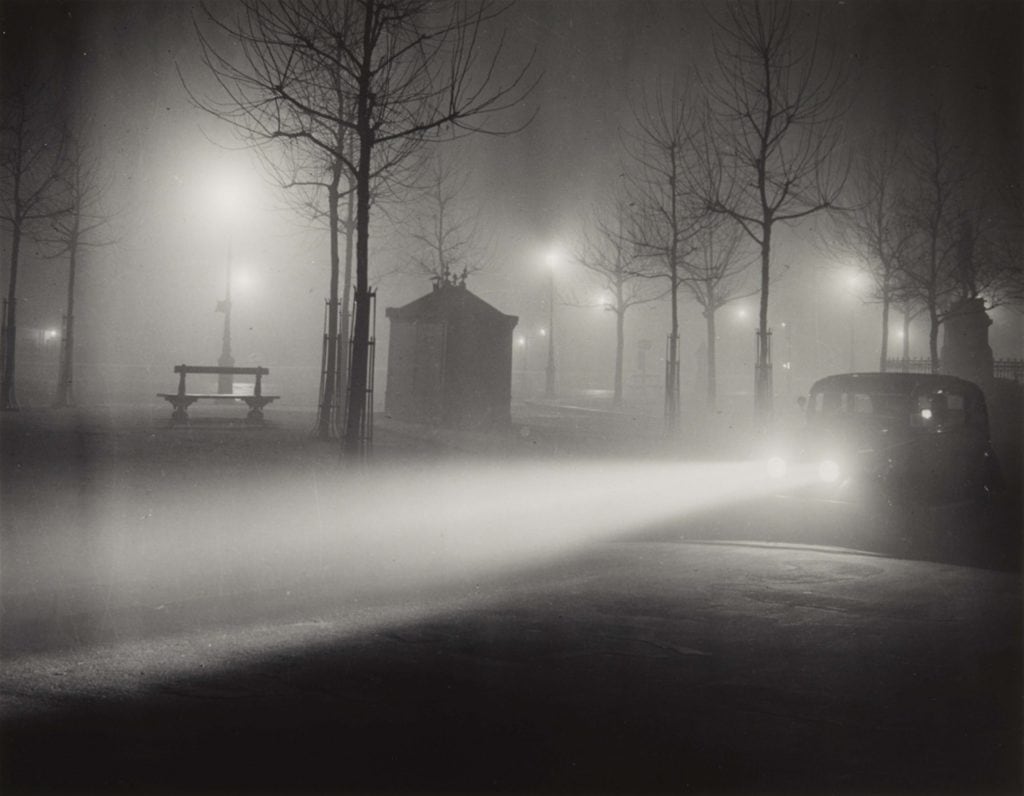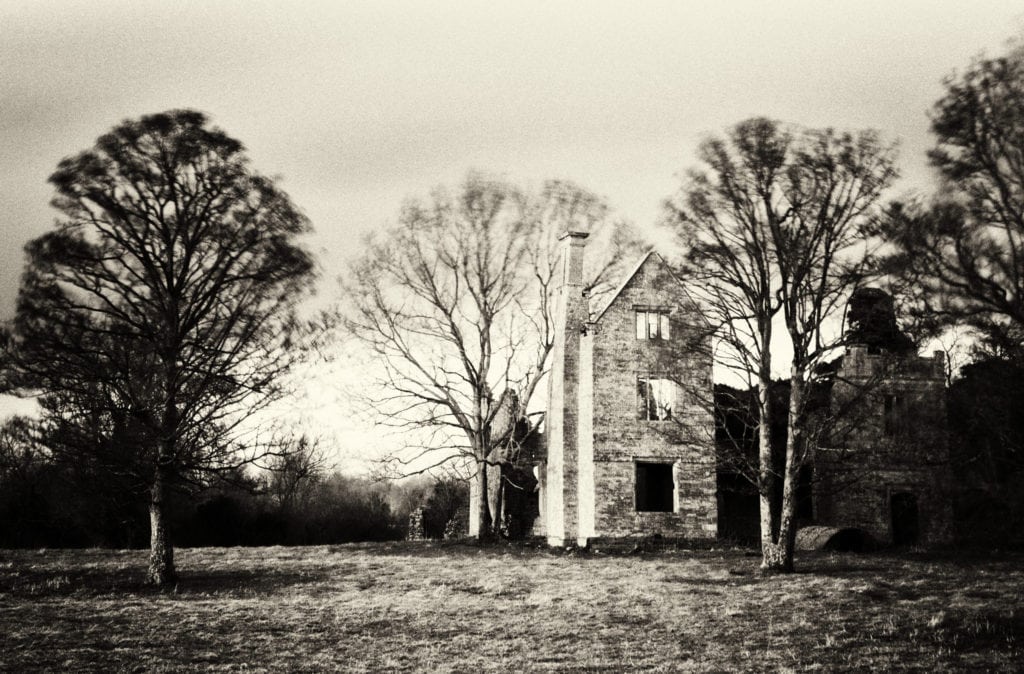From Wet to Dry: The Gelatin Dry Plate Era, 1870s–1900s
The gelatin dry plate, introduced in the 1870s, was a major milestone in photographic history. Unlike the wet collodion process, which required plates to be sensitized, exposed, and developed while still wet, dry plates were factory-prepared and could be stored for...
Read More
Made with Collodion: The Media that Shaped An Era
The Miners' Bridge, on the Llugwy, North Wales, Roger Fenton, 1853, collodion/albumen (Source: Wikipedia Commons) The collodion process of 1851 transformed how images were made, shared, and preserved. It was also known as wet-plate photography and involves coating a piece...
Read More
The Life and Cameras of Thomas Ottewill
For a camera maker of such influence, Thomas Ottewill is biographically elusive. We have examples of his cameras, but we know little about his business, less about his family life and nothing at all about his final years and death....
Read More
SLR vs Rangefinder Metering
I shoot with both the Leica rangefinders and the Nikon SLRs. The most frequently used are my Leica M6 TTL 0.58 and Nikon F3, which is the camera that got me back into shooting with film. They are both legendary cameras,...
Read More
Magic without Silver – Ilford XP2 Super
Introduction Ilford XP2 Super 400 is best known for a unique characteristic: though it is a genuine black and white film, it can be processed using standard C41 processing alongside everyday colour films on the high street. There’s much more...
Read More
Early Auto Focus Cameras
Although I've shot with quite a few auto focus film cameras, I haven't any hands-on experience of the early, historically significant, models from the 70's and 80's described in this post. I only dimly recall the point and shoots I...
Read More
When Photos Looked Like Paintings – Pictorialism
Waterloo Place by Leonard Misonne (1899) There is something magical to me about pictorialist photography, particularly urban pictorialism, as shown here in Leonard Misonne's accomplished example from 1899. Here, Horse-drawn carriages seem to dissolve into the luminous haze, while lamplight...
Read More
The Kodak No 2 Folding Pocket Brownie
The No. 2 Pocket Brownie on Deal Pier. Gimbal head not required! The Kodak No. 2 Folding Brownie was introduced in 1904 as part of the the Folding Brownie series. This was Kodak's least expensive folding roll film camera range...
Read More
The First Camera Lens
The first camera lens was produced by French optician and instrument maker Charles Chevalier's optical firm. Chevalier produced lenses for photographic pioneers Nicéphore Niépce and Louis Daguerre, who both used his lenses for their ground-breaking work in photography. I researched...
Read More
The Nikon FE SLR
The Nikon FE flew under my Nikon radar for many years. I regularly shoot with the FM3a, F3 and F6, and I've had a FM2/n in my collection for some years, but somehow I remained completely unaware of the FE....
Read More
The Photojournalist of Apocalypse Now
This article started as research into classic film cameras in movies, which led me to movies featuring photographers, and to my favourite movie Apocalypse Now, featuring Dennis Hopper as a manic photojournalist. The search for the origin of Dennis Hopper's...
Read More
The Greatest Movies about Photographers: Rear Window
This article was inspired by classic film cameras in movies - specifically , Leicas and Nikons. From cameras in movies, it's a short step to movies about photographers. My favourite movie with a photographer as the lead character is Alfred...
Read More
Vivian Maier and The White Bear
It’s hard not be distracted from Vivian Maier’s work by her life. As told in the 2015 documentary Finding Vivian Maier, the extraordinary stories of her life and the discovery of her work have contributed substantially to her posthumous status as a...
Read More
Nikon Film Cameras in The Movies
As a Nikon user and collector, I've noticed quite a few Nikon film cameras appearances in the movies and on TV shows. This short article outlines those appearances. I've also written in more detail about the Nikon F's appearance in...
Read More
Early Cameras, a Timeline
This timeline of early cameras describes significant photographic milestones and early cameras representative of their year of introduction between the inception of photography and 1900. I've also provided an overview of the most important developments decade by decade from 1840-1900...
Read More
Camera Timeline – Year by Year
This year by year camera timeline lists significant milestones and cameras representative of the year, as well as some curiosities and evolutionary dead-ends, from 1900. The timeline does not include developments in lenses, film processes or camera phones. These can...
Read More
The Nikon F6 – Great Film Cameras
The Nikon F6 was the last of the line of Nikon's professional SLR film cameras, and perhaps the most technically refined and advanced 35mm film camera ever made. It is the film camera I taken most pictures with. This is...
Read More
The Nikon FM3A – Great Film Cameras
The Nikon FM3A (often written as FM3a) is one of the most refined manual SLR's ever made, and as a 21st century manual focus film SLR, somewhat of a throwback. It was introduced in July 2001 when the shift to...
Read More
Photography Timeline – From Chemistry to Computation
My Kodak No 2 Folding Autographic Brownie There are many strands in a photography timeline - the chemistry of film and processing, the physics of optics, the mechanical engineering of shutters, the electronics of metering and digital photography, and the...
Read More
Around the World with a Leica Q
Nearly three years after I first posted about my new Leica Q on this site, it was stolen from a South Kensington Pub. This was after a visit to the Natural History Museum to see the 2019 Wildlife Photographer of...
Read More
Cindy Sherman – Star of the Films That Never Were
Cindy Sherman is one of the world's leading artists – for 30 years, she has starred in all her photographs – and yet the more we see of her, the less recognisable she is. She's a Hitchcock heroine, a busty Monroe, an abuse...
Read More
Fan Ho – Smoke, Mist, Light and Shadow
Evening in Aberdeen, 1958 I first came across Fan Ho's work in a podcast from Ted Forbes' The Art of Photography. Some photographer's work gives me an immediate jolt the first time I see it. Fan Ho's photography, like that...
Read More
Brassaï’s Dark and Beautiful Realm
Avenue de l'Observatoire - © ESTATE BRASSAÏ-RMN Brassaï is one of those photographers whose work had an immediate and profound effect on me. His dreamlike nocturnal street photography and sharply observed portraits of life after dark provide a unique set...
Read More
Wet Plate Photography – Alcohol, Ether and Gun Cotton
AKA Gun Cotton Photography Wet plate photography was not easy. The wet-plate collodion process used between the 1850s and 1880s uses a solution of gun-cotton in ether and alcohol and requires the entire photographic process including coating the plate, exposing...
Read More
Fox Talbot and Early Photography
Fox Talbot at dawn The recent exhibition Fox Talbot: Dawn of the Photograph at the Science Museum in London which ended on September 11th 2016 was described as ‘magical to behold’ by Time Out and ‘ground-breaking’ by The Times. I found it extremely...
Read More
